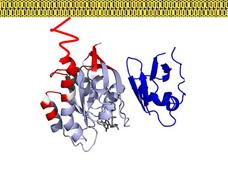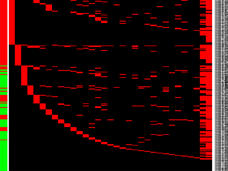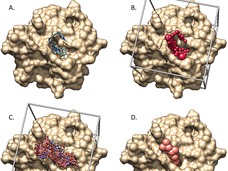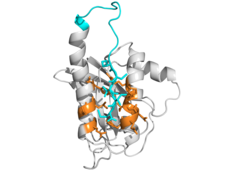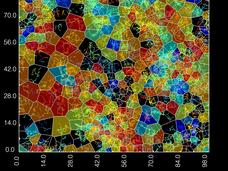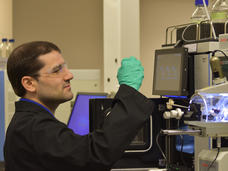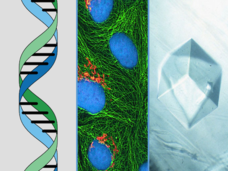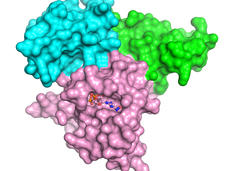RAS Research Teams
The RAS Initiative is composed of nine highly collaborative teams that are based out of the Frederick National Laboratory for Cancer Research (FNLCR). Each team supports and augments the work of the others and connects to external RAS researchers across the world.
Our teams use cutting edge technologies to study RAS, and they develop and adapt assays and screens to find new drug candidates that can be confidently assessed.
Learn about each team’s progress, projects, and tools, and meet the team members and collaborators who are contributing to this breaking research.
-
Biochemistry & Biophysics Research
Our team evaluates new approaches to target KRAS and collaborates with other teams to screen new molecules for their inhibitory activity towards KRAS. Our assays characterize the interaction between RAS proteins and their regulators and effectors in solution or on the membrane.
-
Bioinformatics Research
Our team provides data processing and analytical support by processing, mining, and analyzing. Our tools organize and interpret data generated across the RAS Initiative, and they analyze imports of “big data” from public repositories, all with a focus on genes in the RAS pathway.
-
Chemistry Research
Our team drives medicinal chemistry efforts for drug discovery projects throughout the RAS Initiative. We are involved in the design, synthesis, and characterization of small molecules for use as potential therapeutic agents in the treatment of RAS-driven cancers.
-
Computational Chemistry Research
Our team informs drug discovery by using computers to perform large-scale screens of hundreds of millions—soon to be billions—of molecules. We are highly collaborative and support wet lab teams within the RAS Initiative.
-
Drug Screening and Preclinical Research
Our team seeks to discover and develop compounds that directly target oncogenic RAS proteins. We use disulfide tethering technology as a fragment-based screening method to find novel cryptic and potentially druggable pockets in RAS or small GTPases.
-
Imaging Research
Our team develops and applies new optical microscopy techniques to understand how RAS molecules move, interact, and signal in living cells. From our imaging, we develop assays to screen for disruption and mislocalization of RAS proteins and complexes.
-
Mass Spectrometry Research
Our team employs cutting-edge protein analysis methods to better understand and target canonical RAS isoforms, RAS-related proteins, and RAS-dependent signaling pathways.
-
Reagents Research
Our team develops and evaluates new technologies for producing novel DNA, cell line, and protein reagents. We share our developments with teams throughout the RAS Initiative and make them available to external scientists who study RAS and the RAS pathway.
-
Structural Biology Research
Our team uses a combination of biochemical, structural, and cell biological techniques to study RAS signaling and enable drug development via structure-based drug design to target RAS directly or indirectly.
